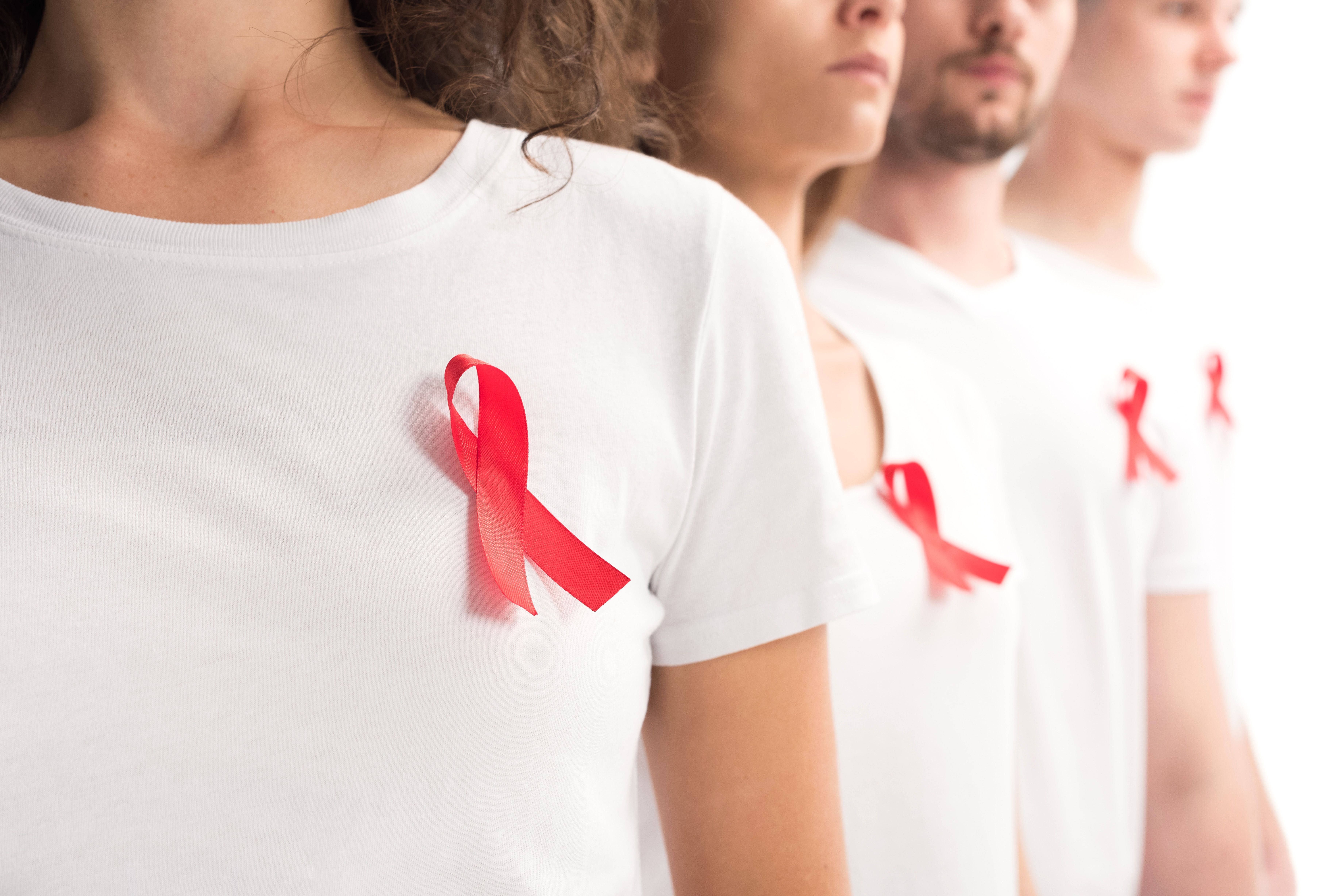Video
Dr W. David Hardy: Efforts Needed for President Trump's Plan to End HIV Epidemic in 10 Years
W. David Hardy, MD, adjunct professor of medicine, Johns Hopkins University, discusses the importance of identifying patients with undiagnosed HIV and preventing new infections for accomplishing President Trump's plan to end the HIV epidemic in 10 years.
W. David Hardy, MD, adjunct professor of medicine, Johns Hopkins University, discusses the importance of identifying patients with undiagnosed HIV and preventing new infections for accomplishing President Trump's plan to end the HIV epidemic in 10 years.
Transcript
During the State of the Union, President Trump announced the ambitious plan for ending the HIV epidemic in 10 years. What efforts are needed for this to be accomplished?
I’m glad you asked that question about the State of the Union address, because it was the entire reason I watched the address by President Trump last week. It was monumental that a president who has not had much interest in HIV actually said something very, very important. I think to really be clear about this, it’s important to state that while he said ending the epidemic, what we really are able to do and is going to be done, hopefully in the next 10 years, is stop new transmissions, meaning that we will decrease by 90% the number of new individuals who become HIV positive, which will be a huge step in the right direction.
The 2 tools we have for doing that are identification of people who are HIV positive and rapidly getting them on treatment to bring their viral load down. And as we talked about before, when U = U, transmission doesn’t occur, so we actually get a double benefit when we treat someone. They do better, they live longer, and they can’t transmit the virus. So that’s one thing we have to do—test more people, get them on medication, and keep them in medication for the long term.
The second tool we have is pre-exposure prophylaxis, or PrEP, and in that way, we can protect people who are HIV negative but who may engage in high-risk activities that make them more susceptible to HIV. We don’t have a vaccine at this point in time, we probably won’t have a vaccine for at least 10 more years, and so PrEP is really our best way to keep people uninfected. Those 2 tools used together—treatment as prevention and PrEP—are really what we’re going to have to make sure is really scaled up and rolled out and implemented so that we can really realize that 90% reduction in 10 years.

Navigating Sport-Related Neurospine Injuries, Surgery, and Managed Care




